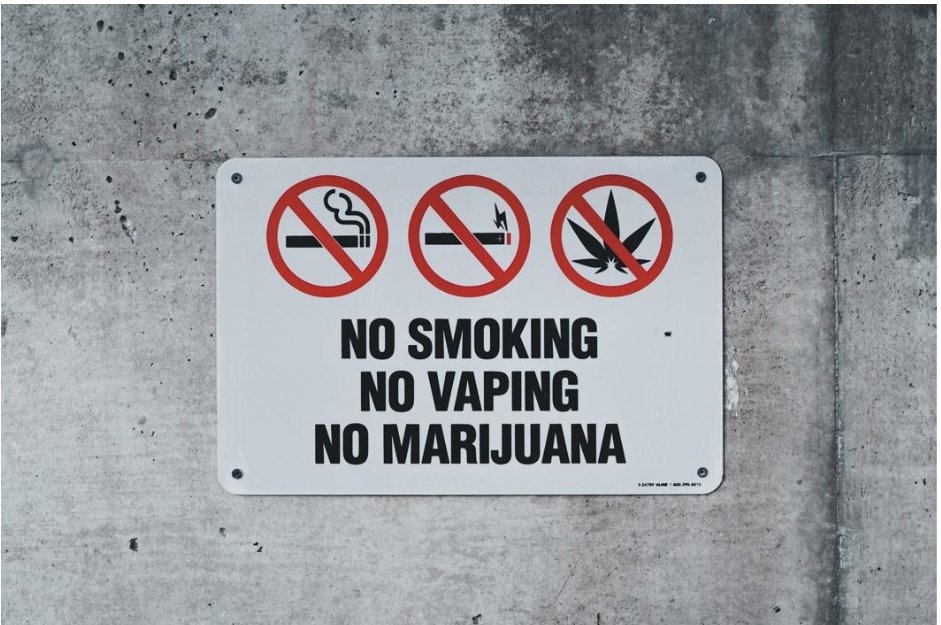Encouraging Smoke-Free Environments: Strategies for Getting People to Stop Smoking

Helping individuals reduce or quit smoking is a multifaceted endeavor that requires patience, understanding, and effective communication strategies. While health concerns often motivate individuals to quit smoking, there are also practical measures that can be implemented to create smoke-free environments and encourage behavioral changes. In this article, we’ll explore various approaches to getting people to stop smoking, focusing on non-health-related interventions such as signage, air purification, and the use of smoke-reducing devices like the smoke buddy.
Creating Smoke-Free Spaces with No Smoking Signs
One of the most straightforward ways to discourage smoking in indoor and outdoor spaces is by prominently displaying no smoking signs. These signs serve as visual reminders of smoking policies and communicate expectations to individuals entering the area. By clearly delineating smoke-free zones, such as office buildings, parks, and public transportation hubs, a no smoking sign help establish a culture of respect for non-smokers and support efforts to reduce exposure to secondhand smoke.
Improving Indoor Air Quality with Air Purifiers
In environments where smoking may occur indoors, such as homes or workplaces, investing in high-quality air purifiers can help mitigate the negative effects of tobacco smoke. Air purifiers equipped with HEPA filters can effectively remove smoke particles and other airborne pollutants, improving indoor air quality and creating a healthier environment for occupants. By reducing the concentration of harmful pollutants, air purifiers not only benefit non-smokers but also support the efforts of individuals trying to quit smoking by minimizing triggers and temptations.
Encouraging Smoke Reduction with Smoke Buddies
For individuals who are not ready to quit smoking entirely, smoke-reducing devices like the smoke buddy offer a practical solution for minimizing the impact of secondhand smoke on others. A smoke buddy is a personal air filter that captures and neutralizes smoke particles when exhaling, preventing them from dispersing into the surrounding air. By using a smoke buddy indoors or in confined spaces, smokers can significantly reduce the amount of secondhand smoke produced and minimize exposure to non-smokers.
Promoting Alternatives to Smoking
In addition to implementing environmental measures, promoting alternatives to smoking can encourage individuals to reduce or quit smoking altogether. Options such as nicotine replacement therapy, including nicotine patches, gum, and lozenges, can help alleviate withdrawal symptoms and support smoking cessation efforts. Additionally, non-combustible alternatives like electronic cigarettes or vaping devices may appeal to individuals looking for a less harmful way to satisfy their nicotine cravings. By offering support and access to these alternatives, individuals struggling to quit smoking can explore different options and find what works best for them.
Educating and Empowering Individuals
Ultimately, educating individuals about the risks of smoking and empowering them to make informed choices about their health is crucial in the fight against tobacco use. Providing access to resources such as smoking cessation programs, counseling services, and online support groups can offer valuable support to individuals seeking to quit smoking. By fostering a culture of awareness, support, and encouragement, communities can work together to create smoke-free environments and promote healthier lifestyles for all.






